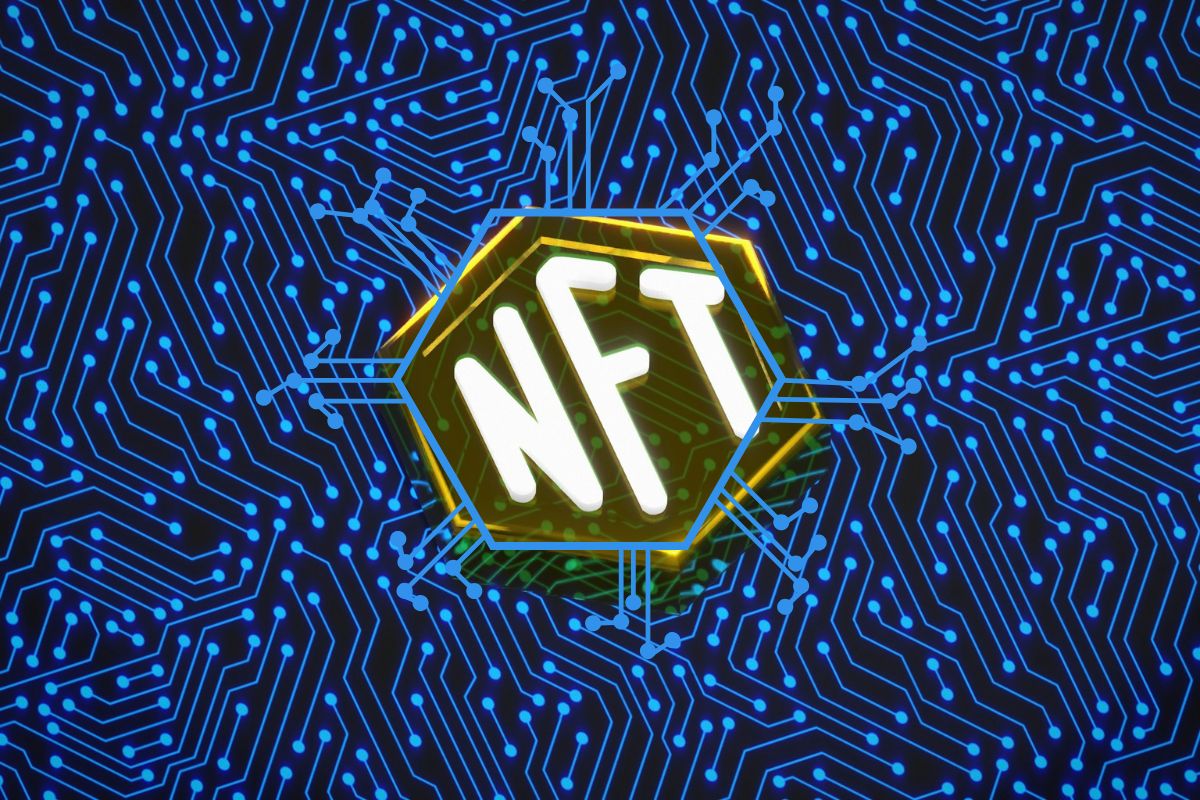NFTs have become one of the most talked-about uses of blockchain technology. Artists, collectors, gamers, and even musicians are using NFTs to create, sell, and trade digital assets that can’t be copied or replaced. But without blockchain, NFTs wouldn’t even exist. That’s because blockchain is the backbone that makes digital ownership possible.
If you’re curious about how NFTs work, it helps to start with an understanding of blockchain. Knowing how this technology supports NFTs gives creators and collectors more confidence in the value and future of their digital assets.
What This Article Covers
- The role of blockchain in NFT creation and ownership
- Key features that make blockchain ideal for NFTs
- Differences between popular blockchains used for NFTs
- What to look for when choosing a blockchain for your project
What Is a Blockchain?
At its core, a blockchain is a type of database. But instead of storing data in a central server, blockchain spreads that data across many computers. Every time a transaction happens, it’s added to a block. Once the block is full, it’s added to a chain of earlier blocks—hence the name “blockchain.”
The unique part is that once information is added, it can’t be changed. This makes blockchain ideal for things like financial records, digital contracts, and of course, NFTs.
Because NFTs represent unique digital items, it’s important that each token has a clear and unchangeable history. Blockchain does that by keeping a permanent record of who owns what, when it was created, and how it has changed hands.
Why Blockchain Matters for NFTs
Without blockchain, you could copy a digital file as many times as you want—and no one could prove which one is the “original.” That’s where NFTs and blockchain come together. The blockchain gives each NFT a digital certificate of authenticity.
This certificate includes the token ID, creator information, ownership history, and metadata. All of this is stored securely and publicly. Anyone can view the record, but no one can tamper with it. This transparency builds trust among creators, buyers, and sellers.
For artists, it means their work can’t be forged. For collectors, it means they can track the exact origin of a piece. And for developers, it means building apps and games that include digital ownership becomes much easier.
How NFTs Are Created on a Blockchain
Creating an NFT is called “minting.” When someone mints an NFT, they use software to generate a smart contract. A smart contract is a small program stored on the blockchain that defines the rules for the NFT. It might include who owns it, how it can be transferred, and what royalties are paid back to the creator when it sells again.
Once the NFT is minted, it becomes part of the blockchain’s permanent record. You can then sell, trade, or hold it, and the blockchain will track every move.
Most platforms make the minting process easy with tools that don’t require deep coding knowledge. Still, all of this runs on top of a blockchain like Ethereum, Solana, or Polygon.
Comparing Different Blockchains for NFTs
Not all blockchains are the same. Some focus on speed. Others focus on low fees or eco-friendly designs. Choosing the right blockchain depends on your goals.
Ethereum is the most well-known and widely used for NFTs. It has strong community support and tons of apps, but gas fees can be high during busy times.
Solana offers fast transactions and lower fees. It’s gaining popularity for games and collectibles where speed matters most.
Polygon is built on top of Ethereum and offers lower fees and better scalability. It’s a good choice if you want the security of Ethereum but fewer costs.
Tezos is known for being more energy-efficient and offers an eco-friendly option for artists and collectors.
Each of these options has its pros and cons. The important part is choosing a blockchain that aligns with your values, your audience, and your long-term plans.
What to Look For When Choosing a Blockchain
Before you start creating NFTs, take a moment to review what you want from the blockchain you’re using.
Think about transaction fees. High fees can eat into profits or scare off potential buyers. Next, look at community size. A bigger network often means better support and more potential for collaboration or visibility.
Also, consider the tools and integrations available. Some blockchains offer better support for marketplaces, wallets, and games. Others have more developer tools if you’re building your own platform.
Last but not least, think about sustainability. If you’re working with artists or audiences who care about environmental impact, you might prefer blockchains that use proof-of-stake rather than energy-heavy proof-of-work systems.
How Blockchain Shapes the Future of NFTs
The relationship between blockchain and NFTs is still evolving. New projects are experimenting with ways to use NFTs in music, education, real estate, and more. Each of these ideas relies on the same foundation: a secure, open, and reliable blockchain.
As more people understand how blockchain works, NFTs are likely to grow beyond art and collectibles. They could be used for everything from event tickets to digital identities.
Creators who understand the role of blockchain will have an easier time adapting to new trends. They’ll also be better equipped to build trust and long-term value for their projects.
NFTs are only possible because of blockchain. This technology keeps ownership records safe, helps creators earn royalties, and gives collectors confidence in what they buy. Whether you’re an artist, a developer, or someone curious about NFTs, understanding blockchain is the first step in building something that lasts.

No Responses